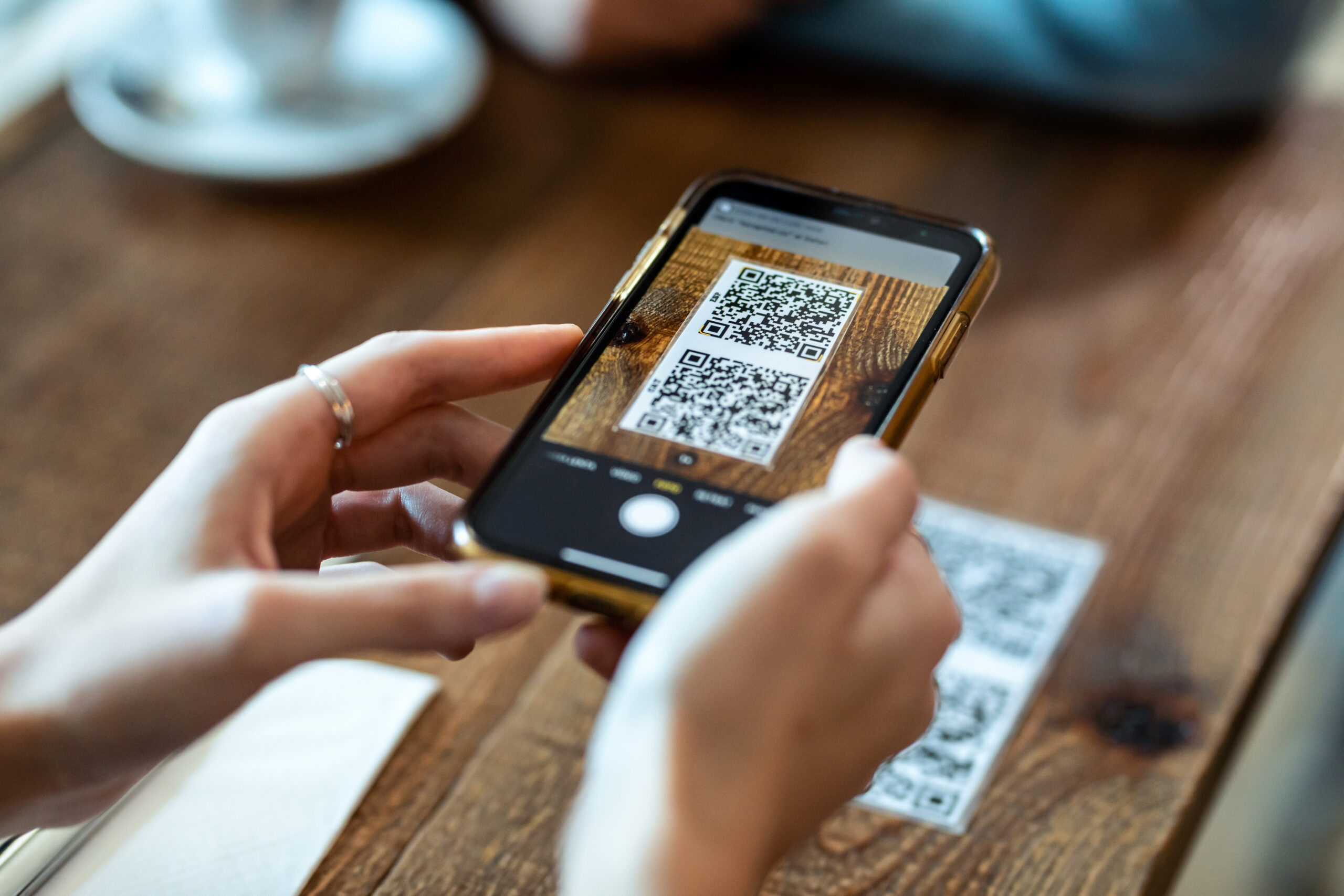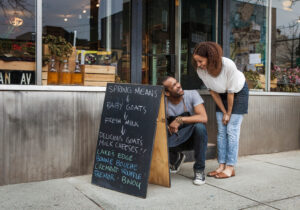QR codes became the lifeline of many businesses during the pandemic. Restaurants used them to give diners easy (and contactless) access to menus. Retailers used them to connect shoppers to online items and services. But the relevance and value of QR codes have very much remained. In a recent article for Retail TouchPoints, Tara Robertson, Chief Marketing Officer for Bitly, shared how businesses can use QR codes to create a more connected and enjoyable customer experience, including:
1. Adding context around your brand and products
Consumers are hungry for content about products: how they’re sourced, manufactured and used. They also want to access rich information about brands themselves, as well as the values that are core to their DNA. You can add QR codes to in-store displays, receipts, signage and other store elements, to create an easy connection to this rich content and storytelling. One quick scan will give consumers access to all the information they could possibly want or need about your business. This is an evolving trend called “connected products,” and its something that even small businesses can use to their advantage.
2. Creating easy access to rewards and deals
Have an exclusive offer for in-store shoppers? Want to drive registrations to a loyalty or rewards program? QR codes can create an easy connection to landing pages outlining this exclusive content. Plus, on the back end, you’ll be able to track how many people actually engaged with the QR code via signage and displays, making the experience actionable for your team.
3. Design an endless aisle experience
You’ve likely seen the term “endless aisle” used in context of highly digital store environments adorned with digital displays and mobile technology. QR codes make these experiences achievable for small businesses that don’t have a lot of budget to work with. All you need to do is create a display with a QR code, clearly stating that if consumers simply need to scan it to find additional size and color options.
Want to learn more about how your small business can use QR codes in stores? Read the full article on Retail TouchPoints now!






